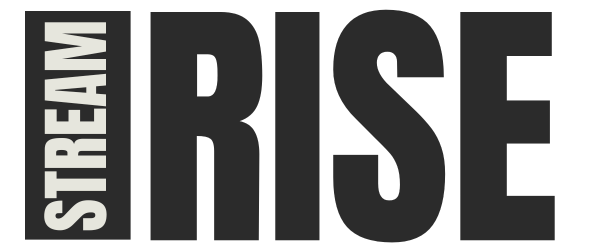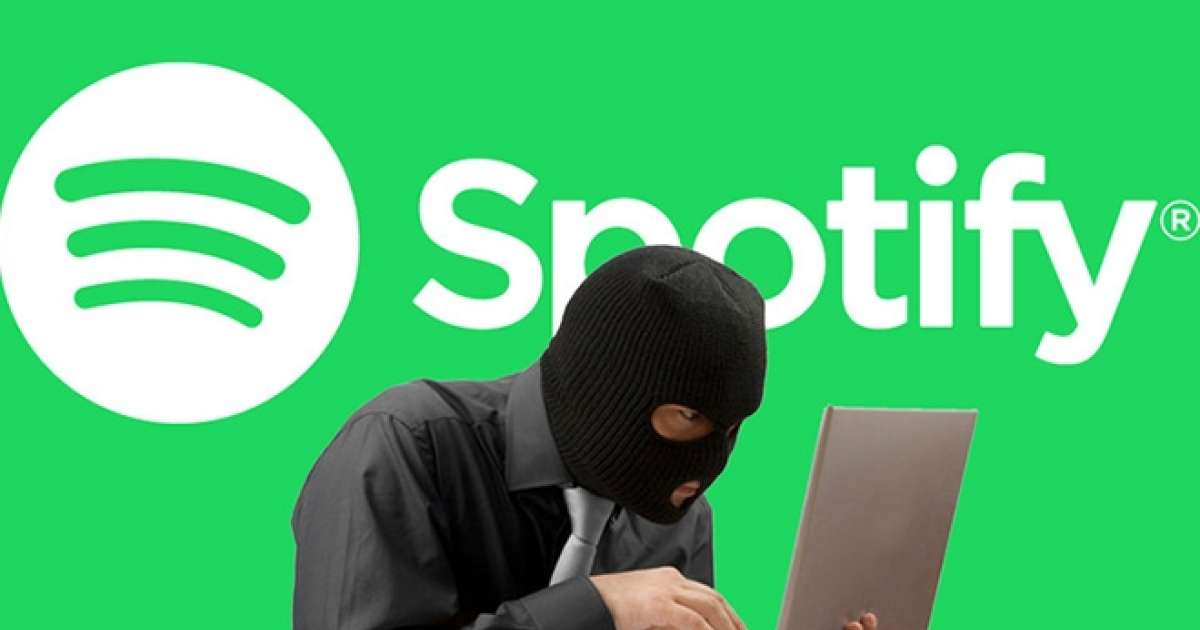In the highly competitive world of music streaming, artists are constantly seeking new ways to gain visibility and grow their fanbase. One controversial method that has surfaced in recent years is the use of botted playlists on Spotify. These playlists, artificially inflated by bots, promise rapid increases in streams, followers, and popularity. However, the question remains: is it worth it?
In this blog, we’ll explore why some artists might consider using botted playlists, the potential benefits, and the significant risks and ethical concerns associated with this practice.
Understanding Botted Playlists
Botted playlists are playlists on Spotify where streams, likes, and followers are artificially boosted by automated bots rather than real human listeners. These bots are programmed to play tracks repeatedly, simulating organic user activity. On the surface, this might seem like an easy way to boost an artist’s visibility and popularity quickly.
Companies offering botted playlist services often entice artists with promises of rapid growth, increased chances of being featured on legitimate playlists, and a shortcut to achieving success in the crowded music landscape. But, as with any shortcut, there are substantial drawbacks that can outweigh the benefits.
Why Artists Consider Using Botted Playlists
- Quick Boost in Numbers: One of the primary reasons artists might be tempted to use botted playlists is the promise of quick results. A sudden spike in streams and followers can make an artist appear more popular, potentially attracting attention from record labels, managers, and new fans.
- Algorithmic Favoritism: Spotify’s algorithms consider various factors when recommending music, including the number of streams, playlist additions, and user engagement. Some artists believe that by inflating these metrics through bots, they can trick the algorithm into favoring their music, leading to more organic exposure over time.
- Social Proof: In the digital age, numbers matter. High stream counts and a large number of followers can serve as social proof, convincing potential listeners that an artist is worth their time. This psychological effect can lead to real fans checking out an artist’s music simply because they seem popular.
- Breaking into Real Playlists: Some artists believe that by boosting their metrics with botted playlists, they can increase their chances of being added to legitimate, influential playlists curated by Spotify or independent playlist curators. This exposure can lead to real streams and genuine fan engagement.
The Risks of Using Botted Playlists
While the appeal of botted playlists might be strong, the risks associated with this practice are significant and should not be overlooked.
- Violation of Spotify’s Terms of Service: Spotify strictly prohibits any form of artificial streaming, including the use of bots to inflate metrics. Engaging in such practices is a direct violation of the platform’s terms of service, and the consequences can be severe. Spotify has sophisticated algorithms designed to detect unnatural streaming behavior, and if an artist is caught using bots, their music could be removed from the platform, their account could be suspended or banned, and they could lose all the progress they’ve made.
- Damage to Reputation: If an artist is found to be using botted playlists, it can severely damage their reputation within the industry and among fans. Authenticity is highly valued in the music community, and being exposed as someone who used bots to inflate their numbers can lead to backlash, lost credibility, and a tarnished image.
- Financial Losses: Investing in botted playlists might seem like a cheap and easy way to gain streams, but the costs can add up. Moreover, the financial losses can be substantial if Spotify catches on and removes the artist’s music or suspends their account. The money spent on bots could have been better invested in legitimate promotional strategies.
- Lack of Real Engagement: Botted streams do not equate to real fan engagement. While an artist’s stream count might increase, they are not gaining actual listeners who are interested in their music, attending their shows, or supporting them in other meaningful ways. This lack of real engagement can be detrimental in the long run, as it doesn’t contribute to building a sustainable fanbase.
- Misleading Data: The data generated from botted streams is not representative of an artist’s real audience. This can lead to misguided decisions regarding marketing strategies, tour planning, and fan engagement efforts. Relying on fake numbers can ultimately hinder an artist’s growth rather than help it.
The Ethical Dilemma
Beyond the practical risks, there’s also an ethical dimension to consider when using botted playlists. The music industry thrives on creativity, talent, and genuine connections between artists and listeners. By using bots to inflate numbers, artists undermine the authenticity that is central to the music experience.
Moreover, botted playlists contribute to a culture of dishonesty, where success is measured by manipulated metrics rather than true artistic merit. This can create a toxic environment where emerging artists feel pressured to engage in unethical practices just to compete, leading to a cycle of deceit that ultimately harms the industry as a whole.
Alternatives to Botted Playlists
Given the significant risks and ethical concerns, it’s crucial for artists to consider alternative, legitimate methods to grow their presence on Spotify:
- Organic Promotion: Building a fanbase organically takes time, but it’s the most sustainable way to grow as an artist. Focus on creating high-quality music, engaging with fans on social media, and performing live whenever possible. These efforts may not yield immediate results, but they lead to genuine connections and long-term success.
- Playlist Pitching: Instead of relying on botted playlists, artists can pitch their music to independent playlist curators, bloggers, and influencers. Building relationships with these individuals can lead to placements on legitimate playlists that have real followers interested in discovering new music.
- Collaborations: Collaborating with other artists can help cross-promote music to new audiences. By working together, artists can introduce each other’s music to their respective fanbases, leading to organic growth.
- Utilize Spotify for Artists Tools: Spotify offers a suite of tools specifically designed to help artists grow their presence on the platform. By taking advantage of these resources, artists can gain insights into their audience, optimize their profiles, and learn how to get their music featured on Spotify’s curated playlists.
- Run Legitimate Promotions: Investing in legitimate promotional strategies, such as social media ads, influencer partnerships, and PR campaigns, can help artists reach new listeners without resorting to unethical practices.
Conclusion
While botted playlists might seem like a tempting shortcut to success on Spotify, the risks and ethical implications far outweigh the potential benefits. Artists who prioritize authenticity, build real connections with their audience, and invest in legitimate promotional strategies will find that, in the long run, they are better positioned for sustainable success in the music industry.
The music landscape is ever-evolving, and while it can be challenging to stand out, taking the high road will ultimately lead to a more rewarding and enduring career. Instead of chasing inflated numbers, artists should focus on what truly matters: creating great music, connecting with fans, and building a legacy that will stand the test of time.

